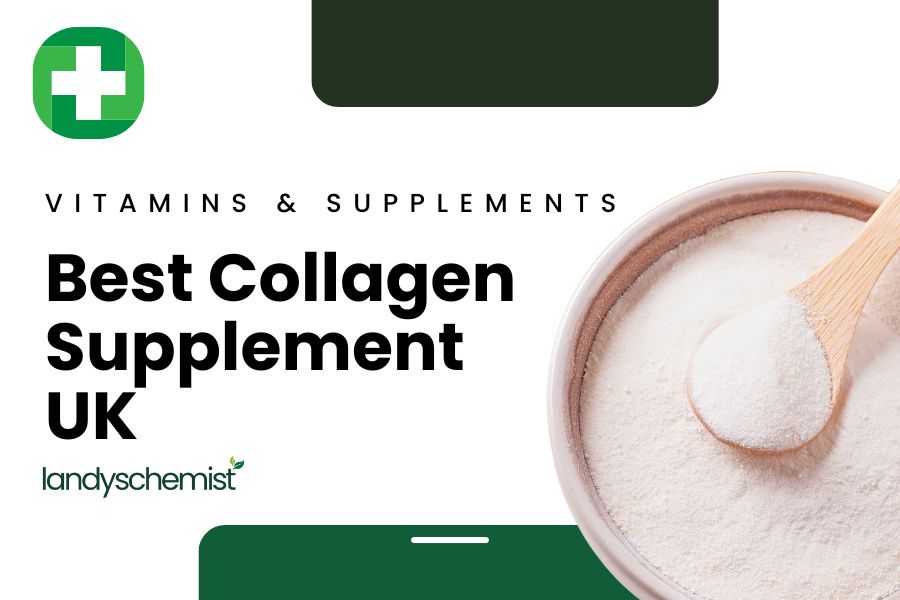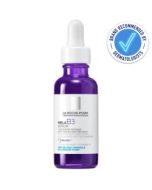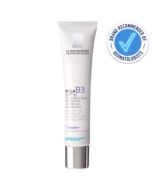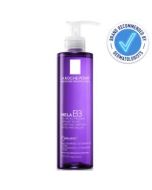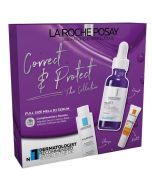
Is Niacinamide Good For Oily Skin?
Yes, niacinamide is good for oily skin. It helps regulate sebum (oil) production, visibly reduces shine, minimises the look of enlarged pores, and calms inflammation linked to breakouts. Backed by dermatological research, niacinamide also improves skin texture, strengthens the skin barrier, and supports long-term skin balance - without the dryness or irritation caused by more aggressive active ingredients in skincare. Experts generally recommend a 4-5% strength for best results in oily or acne-prone skin.
Rhysa Phommachanh, skincare specialist at Landys Chemist, says: “Niacinamide is one of the most effective and gentle ingredients I recommend for oily skin. It balances sebum, strengthens the skin barrier and supports clearer, healthier skin without irritation. It’s a reliable daily essential for my clients dealing with breakouts, oil and uneven tone.”
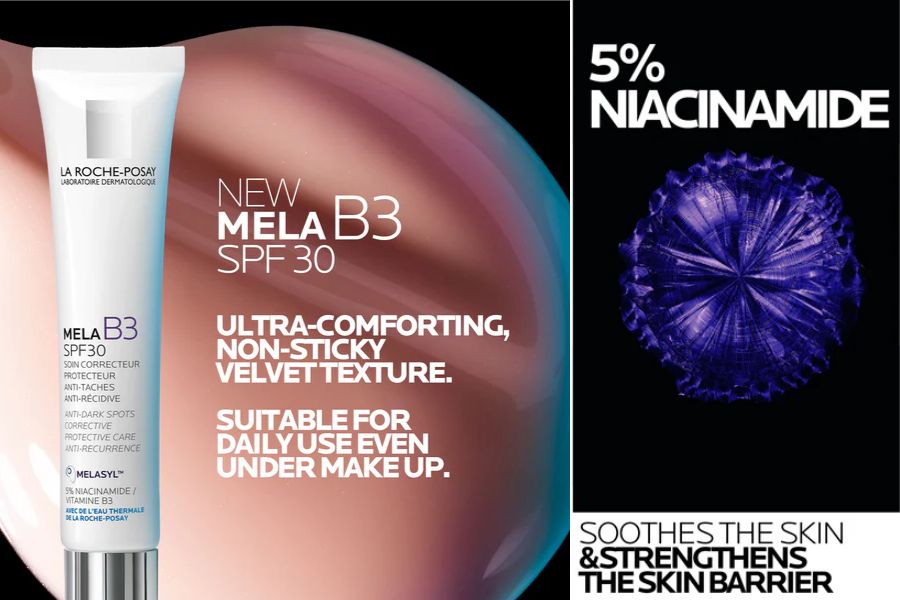
How Does Niacinamide Work for Oily Skin?
Niacinamide, also known as vitamin B3, works by targeting key causes of oiliness - excess sebum, inflammation, and weakened barrier function. Unlike stripping astringents or harsh acne treatments, it helps the skin become more balanced over time.
Studies show that niacinamide:
- Reduces sebum production
- Calms inflammation
- Improves barrier function
- Reduces pore size appearance
This combination makes it ideal for oily and breakout-prone skin, especially when used consistently in a skincare routine.
What Are the Benefits of Niacinamide for Oily and Acne-Prone Skin?
- Regulates oil and shine: Niacinamide helps reduce how much oil your skin produces. Clinical studies using 2-5% concentrations report significantly less sebum and visible shine in as little as four weeks.
- Prevents breakouts: Oily skin often leads to clogged pores and acne. Niacinamide reduces inflammation and may help limit the factors that trigger blemishes - making it suitable even for mild to moderate acne.
- Shrinks the appearance of enlarged pores: Excess oil stretches pores over time. Niacinamide tightens their appearance by improving elasticity and regulating sebum.
- Refines rough or uneven skin texture: By supporting healthy skin turnover and reducing inflammation, niacinamide helps the skin look smoother and more even.
- Brightens and fades post-acne marks: Niacinamide reduces hyperpigmentation by slowing melanin transfer, which helps fade red or brown marks left behind by breakouts.
- Strengthens the skin barrier: Niacinamide boosts ceramide and fatty acid production, helping oily skin stay hydrated and resilient -without overproducing oil to compensate.
- Reduces redness and sensitivity: Ideal for those with oily but reactive skin, niacinamide calms redness caused by overuse of actives, pollution, or barrier damage.
- Protects against environmental damage: As an antioxidant, niacinamide shields oily skin from oxidative stress, which can worsen inflammation and accelerate ageing.
- Improves elasticity and firmness: Long-term use supports collagen and keratin production, helping to visibly firm and refine the skin over time.
What Strength of Niacinamide Is Best for Oily Skin?
- 2%: Gentle, ideal for sensitive or reactive skin
- 4%: Clinically shown to reduce oil and acne without irritation
- 5%: Excellent for texture, barrier support and pigmentation
- 10%: Popular but may be too strong for some skin types; not necessarily more effective
Most dermatologists recommend starting with a 4-5% strength, which offers strong results with good tolerability. Evidence does not support additional benefits above 10%.
When Should You Use Niacinamide in Your Skincare Routine?
You can use niacinamide in the morning or night. A simple oily skin routine might look like:
- Cleanser: Gel or salicylic acid-based
- Niacinamide serum (4-5%): Apply after cleansing
- Moisturiser: Lightweight and non-comedogenic
- SPF 30+: Use daily to protect and prevent inflammation
Results typically begin to appear after 4-8 weeks of consistent use.
Can Niacinamide Be Used Every Day?
Yes. Niacinamide is safe for daily use and suitable for long-term routines. It’s non-comedogenic, pH-balanced, and well tolerated - even by sensitive or acne-prone skin. If irritation occurs, reduce frequency or start with a lower concentration.
Does Niacinamide Help with Redness or Rosacea in Oily Skin?
Yes. While commonly used for breakouts and oil control, niacinamide also reduces facial redness and sensitivity. It’s helpful for those with oily skin who also experience rosacea, reactive skin, or overuse of actives like exfoliants or retinoids.
Sources:
- Nicotinic acid/niacinamide and the skin - PubMed
- Prediction equations for plethysmographic lung volumes - PubMed
- Topical nicotinamide compared with clindamycin gel in the treatment of inflammatory acne vulgaris - PubMed
- The effect of 2% niacinamide on facial sebum production - PubMed
- Mechanistic Insights into the Multiple Functions of Niacinamide: Therapeutic Implications and Cosmeceutical Applications in Functional Skincare Products
- Niacinamide: A B vitamin that improves aging facial skin appearance - PubMed
- The effect of niacinamide on reducing cutaneous pigmentation and suppression of melanosome transfer - PubMed
- Nicotinamide increases biosynthesis of ceramides as well as other stratum corneum lipids to improve the epidermal permeability barrier - PubMed
- Niacinamide Protects Skin Cells from Oxidative Stress Induced by Particulate Matter - PMC
- Mechanistic Insights into the Multiple Functions of Niacinamide: Therapeutic Implications and Cosmeceutical Applications in Functional Skincare Products



